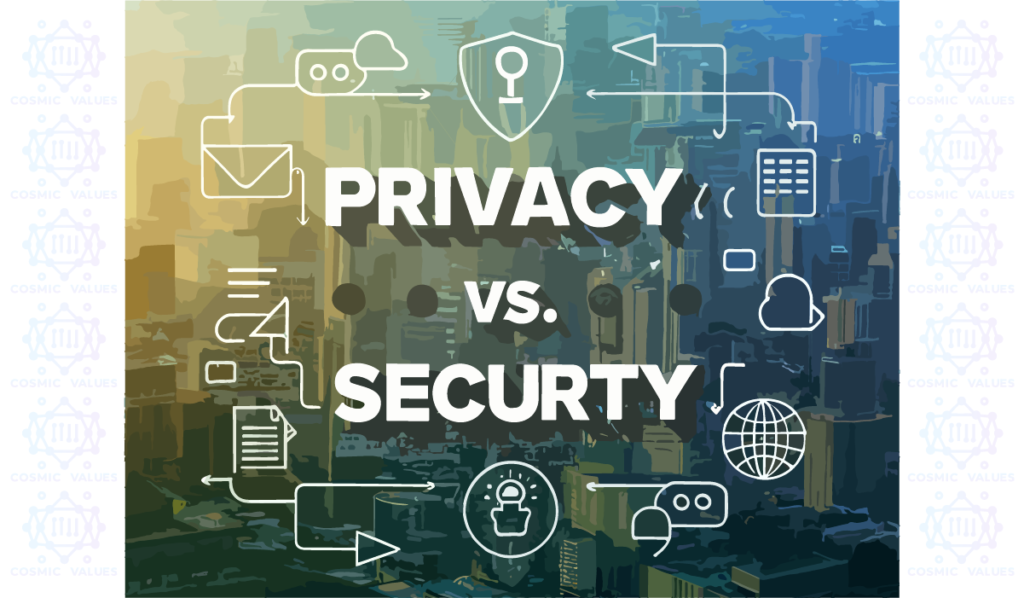In today’s digital age, where our personal information is constantly being collected, stored, and shared, understanding the distinction between privacy and security is crucial. Although these terms are often used interchangeably, they have distinct meanings and implications.
Privacy
Privacy refers to a person’s right to control their personal information. It encompasses the ability to determine how their data is collected, used, and disclosed. Privacy is about having autonomy over one’s personal sphere and being free from unwarranted intrusion or surveillance.
Security
Security, on the other hand, focuses on protecting personal information from unauthorized access, modification, or destruction. It involves implementing safeguards and measures to prevent data breaches, cyberattacks, and other threats that could compromise an individual’s privacy.
To illustrate the difference, consider a physical analogy. A locked door provides security by preventing unauthorized entry into a room. However, that room may still contain private information, such as personal documents or financial records. The lock protects the privacy of those contents by restricting access to authorized individuals.
In the digital realm, privacy settings and encryption serve as security measures, protecting personal data from unauthorized access or misuse. However, privacy itself is the right to control how that data is used, even if it is securely stored.
The Interconnectedness of Privacy and Security
While privacy and security are distinct concepts, they are deeply intertwined. Strong security measures are essential for safeguarding privacy, as they prevent unauthorized access to personal information. Conversely, robust privacy protections ensure that even if data is compromised, it is not misused or disclosed in a way that violates individual privacy rights.
Striking a Balance
Achieving a balance between privacy and security is a constant challenge. On one hand, individuals demand strong privacy protections to safeguard their personal information from intrusive surveillance or data misuse. On the other hand, governments and organizations need access to certain data to protect public safety, prevent crime, and combat terrorism.
The key lies in striking a balance that protects individual privacy while enabling the legitimate use of data for societal benefits. This requires careful consideration of data collection practices, transparency in data usage, and robust oversight mechanisms.
Navigating the Digital Landscape
As individuals, we can also play a role in protecting our privacy and security. The following are some steps you can take:
- Be mindful of the information you share online. Avoid sharing sensitive personal details on social media or public platforms.
- Use strong passwords and enable two-factor authentication for your online accounts. This makes it harder for unauthorized individuals to access your data.
- When you get an email from an unknown sender, be careful when clicking on links and opening attachments. There is a possibility that these could be phishing attempts designed to steal your personal information.
- Protect your devices with reputable antivirus and anti-malware software. These tools can help protect your data from cyberattacks.
- Make sure you keep your software up to date with the latest security patches. These patches often address vulnerabilities that cybercriminals could exploit.
By taking these steps, you can enhance your privacy and security in the digital world. Remember, privacy and security are not mutually exclusive; they are essential components of a safe and secure online experience.

